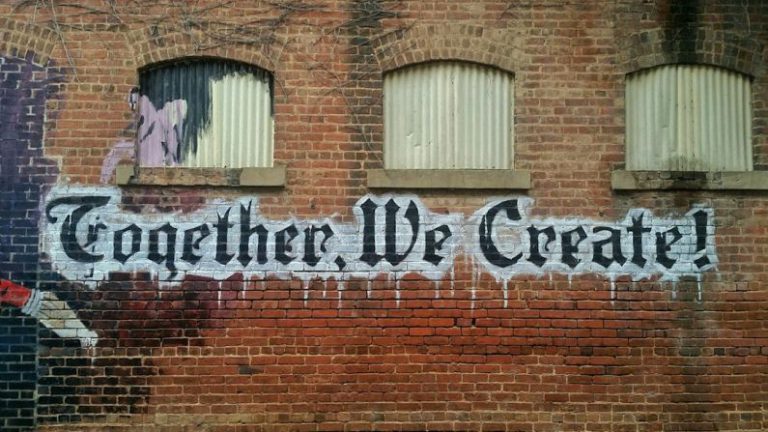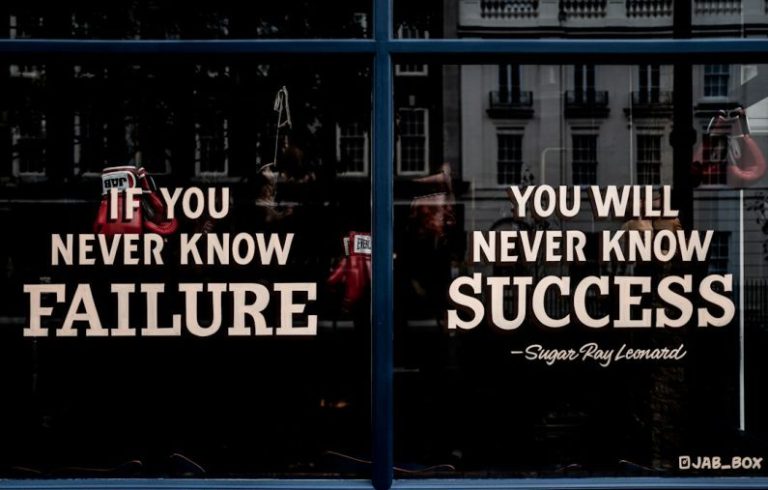Building a Sustainable Creative Business
In today’s ever-evolving business landscape, creatives face unique challenges when it comes to establishing and maintaining a sustainable business. From freelancers to small creative agencies, the key to long-term success lies in implementing strategies that not only foster creativity but also ensure financial stability. By focusing on key aspects such as branding, client relationships, and diversification, creatives can build a sustainable business that thrives in the competitive market.
Branding for Success
One of the foundational pillars of a sustainable creative business is a strong and consistent brand identity. Your brand is more than just a logo or a color scheme; it is the essence of your business and what sets you apart from the competition. Establishing a clear brand voice, visual identity, and messaging that resonates with your target audience is crucial for building brand recognition and loyalty.
Consistency is key when it comes to branding. Ensure that your brand is reflected across all touchpoints, from your website and social media profiles to your marketing materials and client communications. By creating a cohesive brand experience, you can build trust with your audience and establish yourself as a reputable and reliable creative business.
Nurturing Client Relationships
Building strong and lasting relationships with your clients is essential for the sustainability of your creative business. Happy clients are more likely to return for repeat business and refer you to others, helping you grow your client base organically. Communication is key in fostering positive client relationships – be proactive in addressing their needs, responding promptly to inquiries, and keeping them informed throughout the project process.
Going above and beyond for your clients can set you apart from the competition and showcase your commitment to delivering exceptional results. Take the time to understand your clients’ goals and preferences, and tailor your creative solutions to meet their specific needs. By prioritizing client satisfaction and building trust, you can cultivate long-term partnerships that benefit both parties.
Diversifying Your Offerings
In the fast-paced world of creative industries, it is essential to adapt and diversify your offerings to stay relevant and meet the changing needs of your clients. While specializing in a specific niche can be advantageous, diversifying your services can help you reach a broader audience and mitigate the risks associated with market fluctuations.
Consider expanding your skill set or collaborating with other creatives to offer a wider range of services. For example, if you are a graphic designer, you could explore offering web design services or partnering with a copywriter to provide comprehensive branding packages. By diversifying your offerings, you can attract a more diverse client base and create new opportunities for growth and innovation.
Sustainable Growth Strategies
As you work towards building a sustainable creative business, it is important to develop long-term growth strategies that align with your goals and values. Set clear objectives for your business, whether it’s increasing revenue, expanding your client base, or launching new products or services. Regularly review and adjust your strategies to adapt to changing market conditions and emerging trends.
Investing in your professional development and staying informed about industry best practices can help you stay ahead of the curve and position your business for long-term success. Networking with other creatives, attending industry events, and seeking mentorship from seasoned professionals can provide valuable insights and support as you navigate the challenges of running a creative business.
Embracing Sustainability
In conclusion, building a sustainable creative business requires a combination of creativity, strategic planning, and a commitment to excellence. By focusing on branding, client relationships, diversification, and sustainable growth strategies, creatives can establish a strong foundation for long-term success in a competitive market. Embrace sustainability in all aspects of your business operations, from your creative processes to your business practices, and strive to make a positive impact on your clients, community, and the environment. By nurturing your creativity and fostering a culture of innovation, you can build a thriving creative business that stands the test of time.






